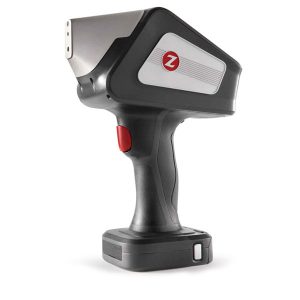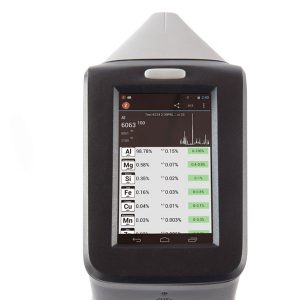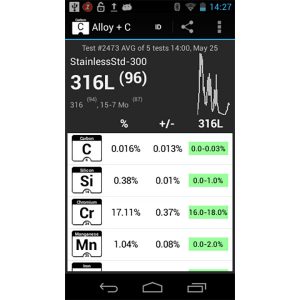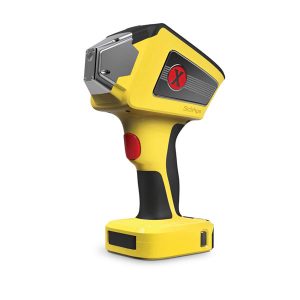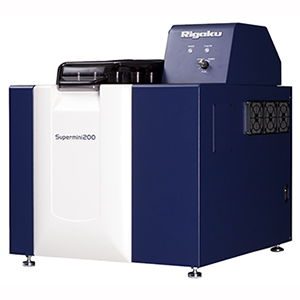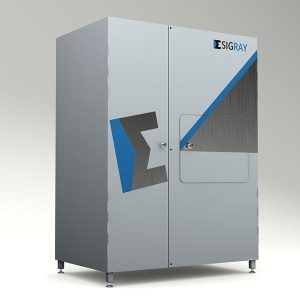Differentiating Steel Alloys Based on Carbon Content 316 vs 316L vs 316H Stainless Steel
Abstract
The ability to accurately identify steel alloys can be critical in engineering applications. Using the incorrect alloy in a fabricated structure could potentially lead to premature failure with potentially fatal consequences. In some instances, alloys can only be accurately identified using carbon content. Herein, we demonstrate the ability of the SciAps Z200C+ to be able to differentiate the stainless steel alloys 316, 316L (low carbon) and 316H (high carbon), based on their carbon contents
Background
Knowledge of the carbon content in low alloy, carbon steels and stainless steels is of great importance to be able to classify and identify them. The carbon content also has a marked effect on the properties of the steel. For instance, plain carbon steels can be divided into several groups:
- Very low carbon content steels Carbon content <0.05, typically ductile with properties similar to iron. While inexpensive they are restricted to use in non-structural applications e.g. panelling
- Low carbon content steels Carbon content 0.05-0.2%, make up the bulk of the general purpose steels with common applications including automotive bodywork, ships and domestic appliances
- Medium carbon content steels Carbon content 0.2-0.5%, also very commonly used, in applications requiring more strength than low carbon steels e.g. gears, pylons and pipelines
- Medium-high carbon content steels Carbon content 0.5-0.8%, provide increased hardness but lack impact strength and are used in applications such as blades, springs and collars
- High carbon content steels Carbon content >0.8%, have a UTS >1GPa and are used where hardness is the primary property e.g. cutting tools, blades etc.
Conventional Methods for Determining Carbon Content of Steels
The determination of the carbon content of steels is commonly carried out using something like a LECO carbon analyser. These instruments destructively test samples via combustion, measuring CO2 production using an IR detector to determine the carbon content.
Alternatively, a Spark OES (Optical Emission Spectrometer) can be used. This technique uses an arc-spark discharge to vapourise materials form the surface of the sample. The vapour is then analysed using the spectrometer. These instruments are typically lab-based, although portable versions do exist. However, these are cumbersome and still require access to power.
Determining Carbon Content of Steels Using a Handheld LIBS
Demonstrated here is a method to analyse carbon content in low alloy and carbon steels, utilising the technique of handheld laser induced breakdown spectroscopy (HH LIBS).
This method utilises a SciAps Z-200C+, the worlds only handheld analyser capable of analysing carbon content in alloys. The Z-200C+ uses a pulsed, 1064 nm laser, operating at 5.5 mJ/pulse and 50 Hz repetition rate. The onboard spectrometer spans 190 nm 620 nm, with resolution < 0.13 nm in the 193 nm range of the carbon line utilised. The analyser also uses an on-board, user replaceable argon purge gas. The argon canister, located in the handle, provides about 600 tests before requiring replacement.
How Does LIBS Work?
LIBS stands for Laser Induced Breakdown Spectroscopy. It works in a similar manner to Spark OES, but uses a powerful laser rather than an electrical spark. By blasting the surface of steel or other sample with the laser, a very small amount of material is removed from the surface. As the particles are removed they form a small plume of plasma. As the plasma expands, the excited atoms in the ionised gas or plasma relax generating spectral emissions characteristic of the constituent elements. Built-in spectrometers are then able to identify elements present.
The argon purge creates a shield around the test area similar to MIG welding. In doing so, it reduces any erroneous readings that may be generated by anything in the surrounding atmosphere.
Advantages of Handheld LIBS
Handheld LIBS has several advantages over combustion analysis. These include:
- Almost no sample preparation required
- The process is very inexpensive
- The process is very fast
- Completely non-destructive
- Highly portable enabling in situ testing
Download
Click here to download the application note.

